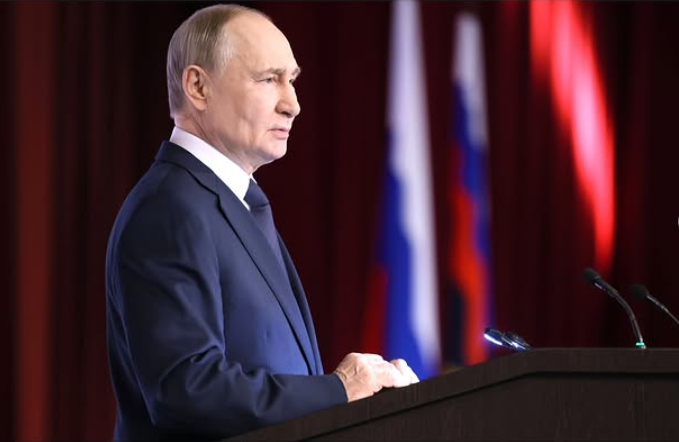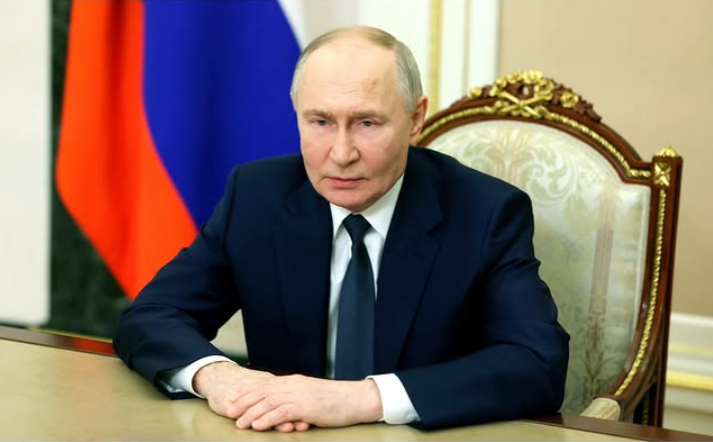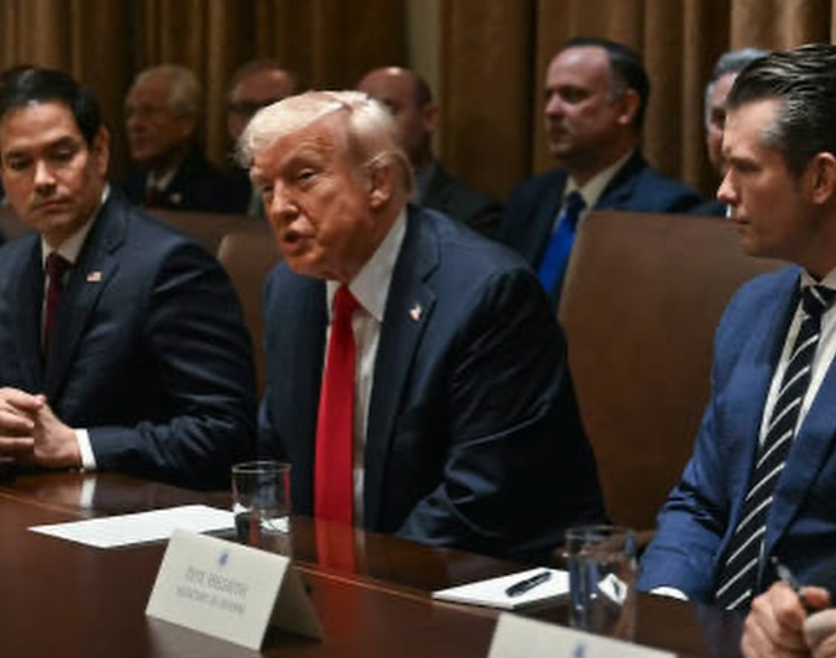[ad_1]
BEIJING/MILAN (Reuters) – At Prada’s (1913.HK) Spring/Summer 2018 show in Milan last week in a warehouse papered with giant pop-art comic strips, one name in the coveted front row stood out: Tao Liang, otherwise known as Chinese blogger ‘Mr Bags’.
His presence alongside Vogue’s Anna Wintour and Italian influencer Chiara Ferragni is a sign of Prada’s efforts to turn around its business with a focus on the digital sphere – where it has lost ground to rivals including Kering’s (PRTP.PA) Gucci.
And nowhere is a revival more critical than in China, which accounts for close to a third of all global luxury sales. Crucially, Chinese luxury buyers tend to be younger than elsewhere, and online influencers like ‘Mr Bags’ carry real clout.
Prada, whose profits and sales have been sliding, is playing catch-up with rivals like Louis Vuitton (LVMH.PA), Fendi and even the more affordable luxury brands like Coach (COH.N). All have raced ahead, forging tie-ups with bloggers and online stars who draw in Asia’s smartphone-obsessed youth.
While online influencers are a force globally, in China, bloggers like ‘Mr Bags’, ‘Gogoboi’ or ‘FreshBoy’ can have tens of millions of followers, and an outsized say on shopping trends.
“The key opinion leaders (KOLs) in China are very powerful. They can promote a product to an extent that no counterparts in Europe can match,” said Chinese fashion blogger Yang Dong, who has called Prada the “depressed teenager” of luxury brands.
Yang said Prada’s issue in the market was not its design.
“When other brands roll out new products, they first come to China weeks in advance and get Internet celebrities and KOLs to lead the trend,” he said. “If Prada doesn’t put its marketing focus on China, it will lose more ground.”
Prada, which appointed a new global digital director, Chiara Tosato, in March, is starting to catch on. Tosato said earlier this month the fashion house would look to drive online sales globally – a change from 2014, when CEO Patrizio Bertelli said it would focus on physical stores.
Prada will this year complete the roll-out of its e-commerce platform in key markets including China, South Korea, Japan, Australia and Russia. It’s already active in Europe and the United States.
Prada declined to comment for this article.
RISKS AND REWARDS
To be sure, an online presence won’t solve other issues like too many shops, and customers can feel some tie-ups make the brand less aspirational. Online buyers can also be more fickle.
Yet Prada’s modest online sales target, including sales through e-tailer partners, is for 5 percent of its total by end-2018. For smaller, luxury outerwear maker Moncler (MONC.MI), it’s 6 percent this year – meaning it’s already reaping the data dividends that come with online sales.
The power of China’s online stars means they are impossible to ignore in a country where hundreds of millions of people use microblogs such as Weibo (WB.O).
Top fashion blogger ‘Gogoboi’ has more than 7 million followers there. ‘Mr Bags’ has a more modest 3 million, but is seen as a leading influencer when it comes to accessories.
“When a new bag comes out, probably it doesn’t get much attention. But when a fashion blogger or celebrity carries it, it’s suddenly out of stock,” said Yang Lei, a Chinese online shopping agent selling luxury goods back to China.
And Prada needs that support.
Even as its China sales recovered slightly in the first half of this year, to 302 million euros ($359 million), Prada’s global profits fell 18 percent, after a 2016 bottom line that was its lowest since its 2011 initial public offering. Gucci, meanwhile, has seen its sales jump.
Of course, slow-to-digital was not Prada’s only issue. It also opened more stores than its mega-brand rivals and failed to spot the power of high-margin casualwear.
A Reuters analysis of Weibo shows Prada far behind Coach, Gucci and Louis Vuitton in terms of celebrity tie-ups and endorsements online. The brand has 309,000 followers on the popular platform – around a tenth of what Coach can boast.
Unlike some rivals, Prada has steered clear of creating limited edition capsule collections in collaboration with influencers. In contrast, a young, fringe Chinese rap group told Reuters they were in talks with Coach over a tie-up – a sign that even potential future stars are being tapped.
“The power of digital is a critical part of our global transformation plan … we are always seeking innovative ways to leverage social platforms,” a Coach spokesperson told Reuters, adding that partnering with Chinese actress Tiffany Tang and singer Timmy Xu “is one way we are working with KOLs to build emotional bonds with our consumers.”
Prada is finally following, albeit cautiously.
“Prada works with influencers in different regions including Asia, but will push into this more and increase collaborations,” a person familiar with its plans told Reuters, noting Prada is “not obsessed” with collaboration and doesn’t want to dilute its brand.
Alongside ‘Mr Bags’ in Milan last week, Prada also hosted Filipino fashion blogger ‘BryanBoy’, Hong Kong actress Tina Leung, South Korean model Irene Kim and Singaporean designer Yoyo Cao.
Prada has also done pop-up stores focused on Asia, aiming at millennial shoppers.
That push could help reach consumers like Xu Dan, a 28-year-old business development worker in Beijing, who says she reads all ‘Mr Bags’ posts: “I trust these bloggers’ sensitivity to fashion.”
Not everyone will be easy to move.
Akane Kishi, a 29-year-old human resources worker shopping in Tokyo, said Prada had just not kept up. “I often see Fendi on Instagram and think I want to buy that one, in that color,” she said.
Reporting by Pei Li in BEIJING and Giulia Segreti in MILAN, with additional reporting by Sam Nussey and Chenhui Peh in TOKYO, Claudia Cristoferi in MILAN and Farah Master in HONG KONG; Writing by Adam Jourdan; Editing by Clara Ferreira Marques and Ian Geoghegan
[ad_2]
Source link






Leave a Reply